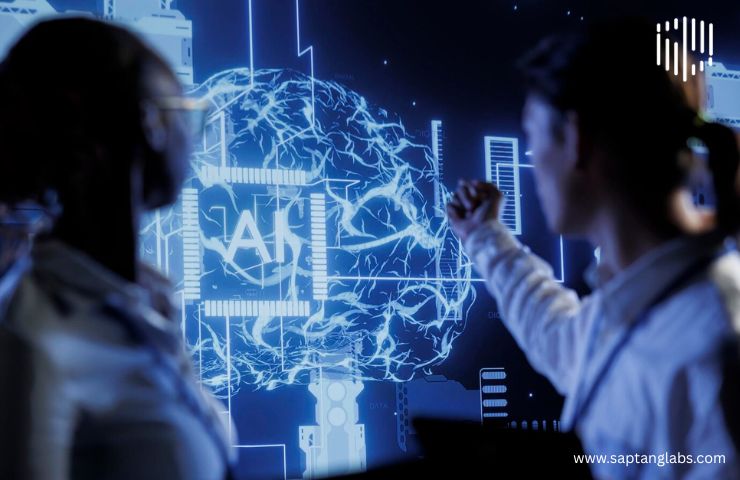How AI and Machine Learning Are Being Exploited for Cyber Attacks in 2025
Artificial Intelligence (AI) and Machine Learning (ML) are reshaping the digital world. They power smart applications, improve cybersecurity, and make our lives easier. But just as they are used for good, cybercriminals are also exploiting AI to launch sophisticated cyber attacks. In 2025, these AI-driven threats have become more advanced, making traditional security measures less effective. This post explores how AI and ML are being misused in cybercrime, the rising threat of automated attacks, and what we can do to stay protected.
1. The Rise of AI in Cybercrime
Hackers have always used automation to break into systems, but AI has taken their tactics to a whole new level. With AI, cybercriminals can now execute attacks at lightning speed, personalize scams, and bypass traditional security measures with ease.
One of the most common AI-driven threats is phishing. AI tools can scan thousands of social media profiles and emails to craft highly personalized messages that trick people into clicking malicious links. These emails look so real that even tech-savvy users fall for them.
Another rising threat is deepfake scams. AI-generated videos and voices are now being used to impersonate executives, politicians, and even loved ones. Hackers use this technology to convince employees to transfer funds or share sensitive data.
2. How Machine Learning is Being Exploited
Machine learning, a branch of AI, allows computers to learn from data and improve their performance over time. Cybercriminals are taking advantage of this technology to train their hacking tools to evade detection.
For example, traditional antivirus software detects malware based on known signatures. But AI-powered malware continuously changes its code, making it almost impossible to detect using traditional methods.
Similarly, AI-driven password-cracking tools are becoming more effective. Instead of guessing passwords randomly, they analyze user behavior and common password patterns, making them more accurate in breaking into accounts.
3. Automated Attacks: A Growing Threat
Automation is a game-changer in cybercrime. AI-powered bots can scan the internet for security vulnerabilities in seconds. Once a weak spot is found, they automatically launch attacks without human intervention.
Botnets, which are networks of infected computers controlled by hackers, are now using AI to adapt their attacks in real time. These botnets can carry out massive data breaches, steal financial information, and even take down entire websites.
AI-powered ransomware is another major concern. Ransomware locks users out of their own data and demands payment for its release. With AI, these attacks can spread faster and target victims more efficiently.
4. Cyber Defense: Can AI Fight Back?
The good news is that cybersecurity experts are also using AI to defend against these attacks. AI-driven security systems can analyze vast amounts of data in real time to detect suspicious activity and respond immediately.
For example, AI-powered intrusion detection systems monitor network traffic for unusual behavior. If a hacker tries to break into a system, AI can detect and block the attack before it causes damage.
Behavioral analysis tools powered by machine learning can identify potential threats by studying how users interact with systems. If an employee suddenly logs in from an unusual location or accesses sensitive files they normally wouldn’t, AI can flag this as a potential attack.
However, AI in cybersecurity is not perfect. Hackers are constantly evolving their methods, and AI-driven security needs to stay one step ahead. This ongoing battle between cybercriminals and security experts will shape the future of cybersecurity.
Conclusion
AI and machine learning are powerful tools, but in the wrong hands, they can be dangerous. Cybercriminals are exploiting AI to automate attacks, evade detection, and launch sophisticated scams. As these threats grow, businesses and individuals must take cybersecurity seriously.
To stay protected, companies should invest in AI-powered security tools, regularly update their software, and educate employees on the latest cyber threats. On a personal level, using strong passwords, enabling two-factor authentication, and being cautious with emails and links can help prevent cyber attacks.
The fight against AI-driven cybercrime is far from over. But with the right strategies, we can use AI to strengthen our defenses and stay ahead of cybercriminals.
You may also like to know this:


